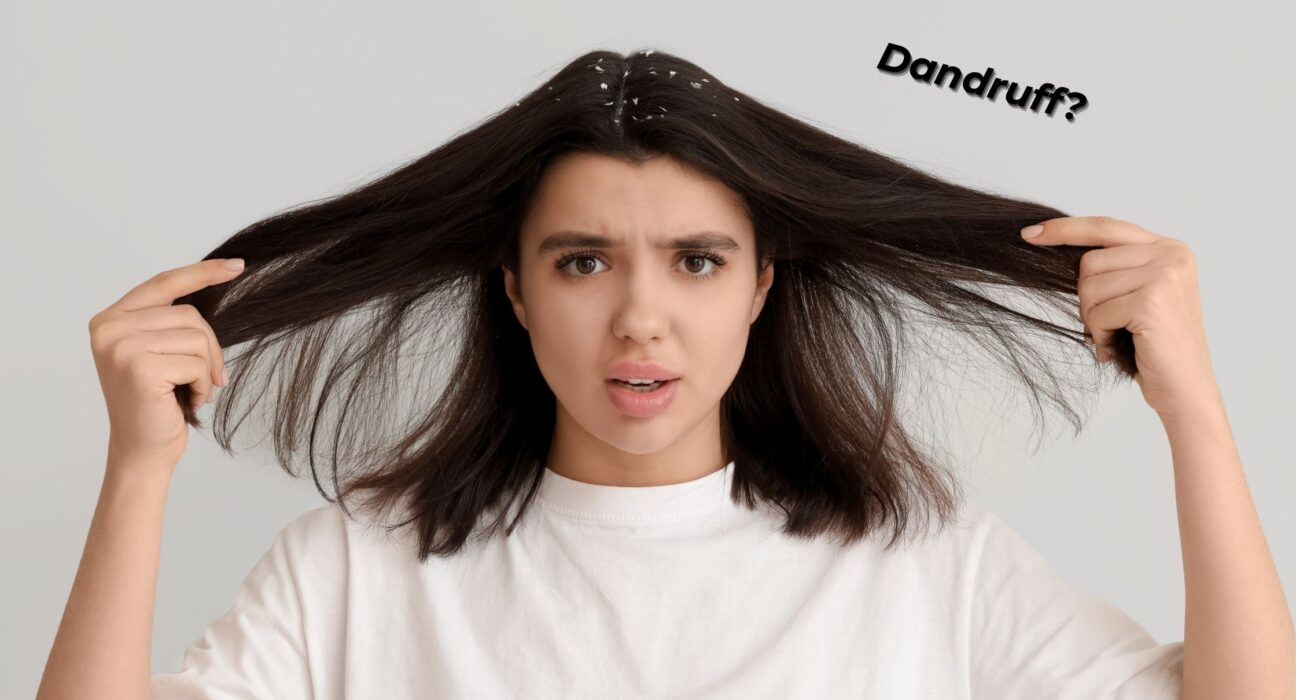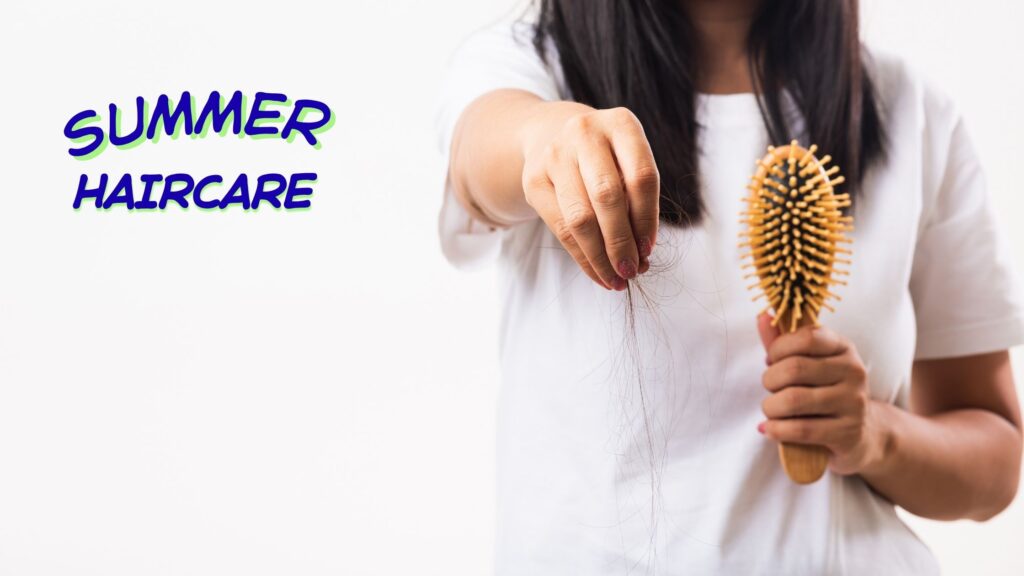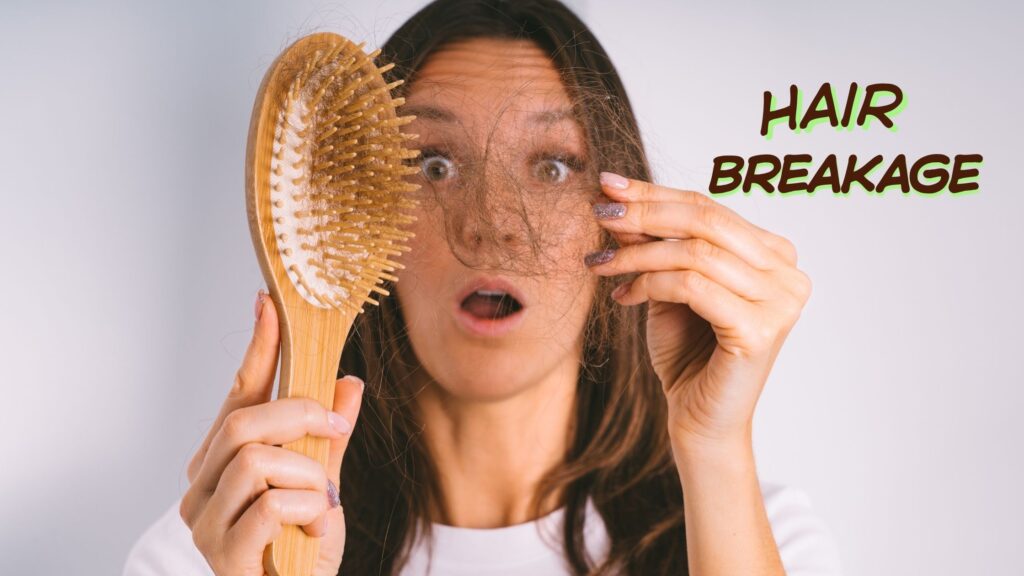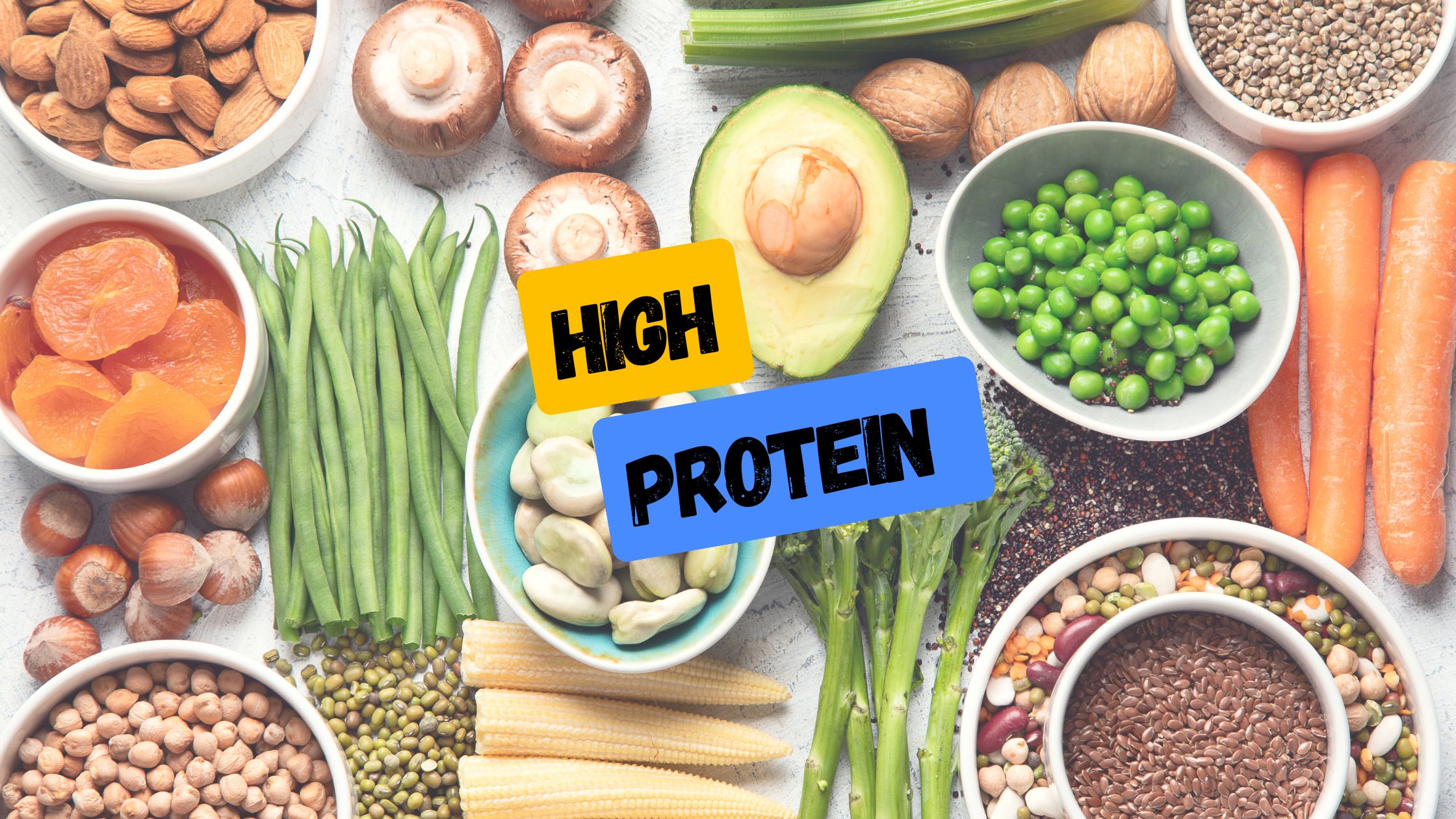Dandruff Treatment at Home: Remedies That Work

Flaky white specks on your shoulders, an itchy scalp, and constant discomfort—dealing with these symptoms can be frustrating and embarrassing. For many, finding an effective dandruff treatment becomes a top priority, especially when over-the-counter products don’t seem to help. While it’s a common condition affecting people of all ages, it’s often misunderstood, misdiagnosed, and mistreated.
Fortunately, a range of home-based solutions can help you manage this condition naturally. With the right knowledge and consistent care, you can combat flakiness and irritation without relying heavily on commercial shampoos loaded with harsh chemicals.
This article explores practical and scientifically backed home remedies, dives into the root causes of dandruff, and clears up common confusion such as dandruff vs dry scalp. Whether you’re struggling with mild flakes or more persistent irritation, the right approach can bring lasting relief. From kitchen staples like coconut oil and lemon juice to herbal remedies like neem and aloe vera, nature offers plenty of powerful solutions.
Let’s uncover what truly works and how you can adopt simple, effective strategies to treat dandruff from the comfort of your home.
1. Understanding the Basics: What Is Dandruff?
Dandruff is a common scalp condition characterised by the shedding of dead skin cells in the form of white or yellowish flakes. It can be accompanied by:
-
Itching
-
Dryness or oiliness
-
Redness or scalp irritation
Although it’s not contagious or dangerous, it can be persistent and affect self-esteem. The severity of dandruff can vary—for some, it’s seasonal; for others, it’s chronic.
2. What Causes Dandruff?
Understanding what causes dandruff is essential for effective treatment. Several factors can trigger or worsen the condition:
1. Malassezia Overgrowth
A yeast-like fungus called Malassezia lives naturally on the scalp but can overgrow due to excess oil, leading to inflammation and flaking.
2. Oily Scalp (Seborrheic Dermatitis)
Excess sebum production can create a greasy scalp environment where fungi thrive, causing flakiness and irritation.
3. Dry Skin
When the scalp lacks moisture, it becomes dry and flaky. Dry skin flakes are usually smaller and less oily than dandruff caused by fungal infections.
4. Poor Hygiene
Not washing your hair regularly can lead to oil buildup, dead skin accumulation, and clogged follicles, resulting in flakes.
5. Sensitivity to Hair Products (Contact Dermatitis)
Harsh ingredients in shampoos, gels, or dyes can irritate the scalp and cause flaking.
6. Medical Conditions
Psoriasis, eczema, or immune disorders may also contribute to chronic dandruff.
3. Dandruff vs Dry Scalp: What’s the Difference?
Many people confuse dandruff vs dry scalp, but they are quite different in terms of cause and treatment:
| Feature | Dandruff | Dry Scalp |
|---|---|---|
| Cause | Fungal growth or oil imbalance | Lack of moisture in skin |
| Flake Type | Oily, large, yellowish flakes | Small, dry, white flakes |
| Scalp Condition | Often oily or inflamed | Typically dry and tight |
| Itchiness | Can be intense | Mild to moderate |
| Best Remedy | Antifungal and oil-balancing treatments | Moisturizing and hydrating treatments |
Correctly identifying the issue is key to choosing the right treatment path.
4. How to Get Rid of Dandruff Naturally at Home
If you’re looking to learn how to get rid of dandruff without resorting to harsh medicated products, the following natural remedies can offer relief and support scalp health.
1. Coconut Oil and Lemon Juice
Why It Works:
Coconut oil has antimicrobial properties and helps moisturize the scalp. Lemon’s citric acid helps balance the scalp’s pH and reduce fungal growth.
How to Use:
-
Mix 2 tablespoons of warm coconut oil with 1 tablespoon of lemon juice.
-
Massage onto the scalp.
-
Leave for 20 minutes, then rinse with a mild shampoo.
-
Repeat 2–3 times a week.
2. Apple Cider Vinegar (ACV) Rinse
Why It Works:
ACV is naturally acidic and helps restore the scalp’s pH balance. It also prevents the growth of Malassezia.
How to Use:
-
Dilute 1 part ACV with 2 parts water.
-
After shampooing, pour the mixture over your scalp.
-
Leave it for 5 minutes, then rinse.
-
Use 1–2 times a week.
3. Aloe Vera Gel
Why It Works:
Aloe vera soothes itching and inflammation. It also moisturises the scalp and combats microbial infections.
How to Use:
-
Apply fresh aloe vera gel directly to your scalp.
-
Leave it on for 30 minutes.
-
Wash with a mild, sulphate-free shampoo.
-
Use 2–3 times a week.
4. Neem Paste or Neem Oil
Why It Works:
Neem has antifungal, antibacterial, and anti-inflammatory properties. It’s particularly effective for fungal dandruff.
How to Use Neem Paste:
-
Crush a handful of neem leaves to form a paste.
-
Apply to the scalp and leave for 30 minutes before rinsing.
How to Use Neem Oil:
-
Mix a few drops of neem oil with a carrier oil like coconut.
-
Apply, massage, and leave for 1 hour before washing.
5. Tea Tree Oil
Why It Works:
Tea tree oil is a potent antifungal and antibacterial agent. It helps reduce inflammation and fights dandruff-causing microbes.
How to Use:
-
Add 5 drops of tea tree oil to 2 tablespoons of your regular carrier oil (e.g., jojoba or almond oil).
-
Massage into the scalp.
-
Leave for 30–60 minutes, then shampoo.
6. Baking Soda Scrub
Why It Works:
Baking soda exfoliates dead skin and reduces fungal infection.
How to Use:
-
Wet your scalp and apply a tablespoon of baking soda directly.
-
Gently massage for 1–2 minutes.
-
Rinse thoroughly (don’t shampoo immediately).
-
Use once a week.
7. Fenugreek (Methi) Seeds
Why It Works:
Fenugreek has antifungal and soothing properties. It helps reduce scalp irritation and flakiness.
How to Use:
-
Soak 2 tablespoons of fenugreek seeds overnight.
-
Grind into a paste and apply to the scalp.
-
Leave for 30–45 minutes before washing.
5. Home Remedies for Dandruff: Diet & Lifestyle Tips
Hydration Matters
Drink plenty of water to keep your scalp hydrated. Dehydration can lead to dryness, worsening scalp issues.
Balanced Diet
-
Include zinc, omega-3 fatty acids, and B vitamins.
-
Avoid excessive sugar and processed foods, which can trigger inflammation and fungal overgrowth.
Scalp Hygiene
-
Wash your hair regularly with a mild shampoo.
-
Avoid scratching, as it can irritate and worsen the condition.
-
Rinse out products thoroughly to avoid buildup.
Reduce Stress
Stress affects hormonal balance and can trigger flare-ups. Practice yoga, meditation, or breathing exercises regularly.
6. Choosing the Right Shampoo for Dandruff Control
While home remedies are highly effective, supporting them with the right shampoo is essential.
Look for ingredients like:
-
Ketoconazole (antifungal)
-
Zinc pyrithione
-
Salicylic acid
-
Tea tree oil
-
Coal tar
Use anti-dandruff shampoo 2–3 times a week, alternating with a gentle, sulfate-free shampoo to avoid dryness.
7. When to See a Dermatologist
Most cases of dandruff can be managed at home, but medical attention is needed if:
-
The condition persists despite regular care
-
You notice redness, pus, or scabbing
-
There’s severe hair loss
-
You experience pain or swelling
Persistent symptoms may indicate seborrheic dermatitis, psoriasis, or other underlying conditions.
8. Quick Tips for Ongoing Dandruff Prevention
-
Avoid excessive hair styling products
-
Clean hair tools regularly
-
Use lukewarm water (not hot) for hair washing
-
Don’t leave oil on the scalp for too long
-
Avoid sharing combs, hats, or hair accessories
Consistency is key when it comes to home care. A weekly routine using two or three of the above remedies can significantly reduce dandruff over time.
Conclusion: Flake-Free, Naturally
Dandruff doesn’t have to be a lifelong problem. With the right combination of care, consistency, and natural ingredients, you can reclaim a healthy, comfortable, and flake-free scalp—without relying on harsh chemicals.
From soothing aloe vera and neem to powerful antifungals like tea tree oil and apple cider vinegar, there are many safe and effective ways to manage dandruff from home. Identifying whether you’re dealing with fungal overgrowth, product buildup, or simply dry scalp is the first step. Once that’s clear, natural remedies and lifestyle tweaks can work wonders.








